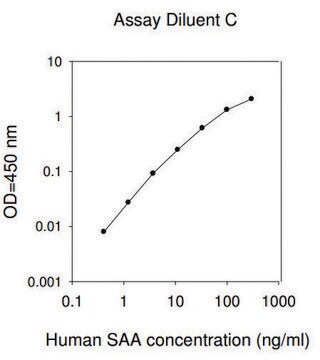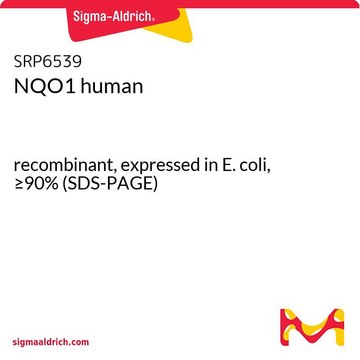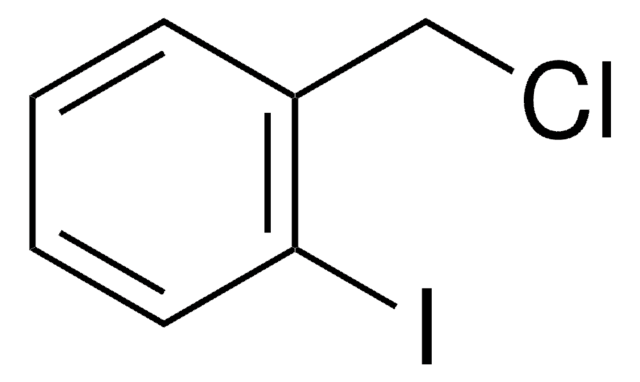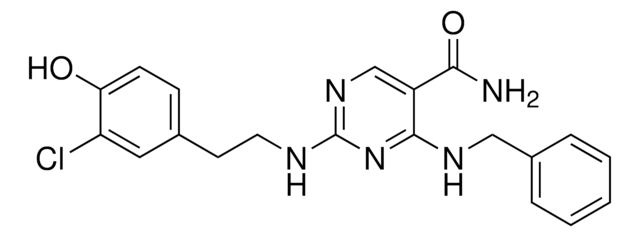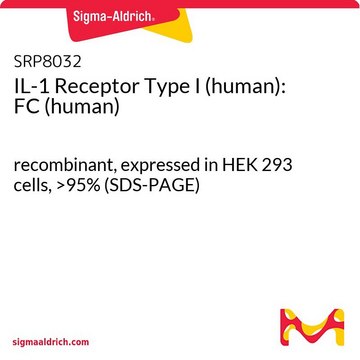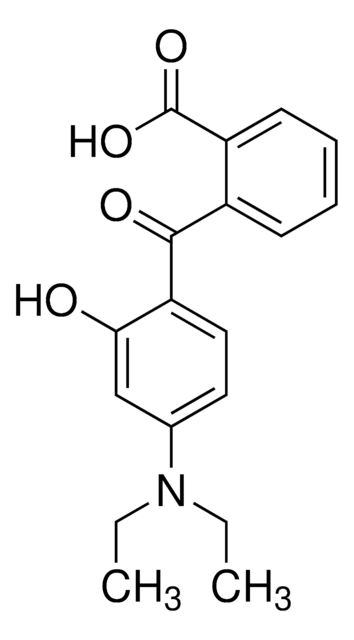MABC537
Anti-Vasohibin-1 Antibody, clone 4E12 (Azide Free)
clone 4E12, 1 mg/mL, from mouse
Sinónimos:
Vasohibin
About This Item
Productos recomendados
biological source
mouse
Quality Level
antibody form
purified immunoglobulin
antibody product type
primary antibodies
clone
4E12, monoclonal
species reactivity
human
concentration
1 mg/mL
technique(s)
activity assay: suitable
immunocytochemistry: suitable
immunohistochemistry: suitable
western blot: suitable
isotype
IgG2aκ
NCBI accession no.
UniProt accession no.
shipped in
wet ice
target post-translational modification
unmodified
Gene Information
human ... VASH1(22846)
General description
Immunogen
Application
Western Blotting Analysis: A representative lot of this antibody detected Vasohibin-1 in HUVECs transfected with control siRNA, but not in HUVECs transfected with Vasohibin-1 siRNA (Miyashita, H., et al. (2012) PLOS ONE. 7(10):e46459).
Western Blotting Analysis: A representative lot of this antibody detected Vasohibin-1 (KIAA1036 protein referenced in publication) in VEGF-stimulated HUVECs and GM7373 transfected cell lysate (Watanabe, K,, et al. (2004) JCI. 114(7):898-907).
Immunohistochemistry Analysis: A representative lot of this antibody detected Vasohibin-1 (KIAA1036 protein referenced in publication) in human placenta tissue (Watanabe, K,, et al. (2004) JCI. 114(7):898-907).
Immunocytochemistry Analysis: A representative lot of this antibody detected Vasohibin-1 (KIAA1036 protein referenced in publication) in HUVEC cells (Watanabe, K,, et al. (2004) JCI. 114(7):898-907).
Apoptosis & Cancer
Tumor Markers
Quality
Western Blotting Analysis: 1 µg/mL of this antibody detected Vasohibin-1 in 10 µg of HEK293 cell lysate.
Target description
Physical form
Storage and Stability
Handling Recommendations: Upon receipt and prior to removing the cap, centrifuge the vial and gently mix the solution. Aliquot into microcentrifuge tubes and store at -20°C. Avoid repeated freeze/thaw cycles, which may damage IgG and affect product performance.
Disclaimer
¿No encuentra el producto adecuado?
Pruebe nuestro Herramienta de selección de productos.
Storage Class
12 - Non Combustible Liquids
wgk_germany
WGK 2
flash_point_f
Not applicable
flash_point_c
Not applicable
Certificados de análisis (COA)
Busque Certificados de análisis (COA) introduciendo el número de lote del producto. Los números de lote se encuentran en la etiqueta del producto después de las palabras «Lot» o «Batch»
¿Ya tiene este producto?
Encuentre la documentación para los productos que ha comprado recientemente en la Biblioteca de documentos.
Nuestro equipo de científicos tiene experiencia en todas las áreas de investigación: Ciencias de la vida, Ciencia de los materiales, Síntesis química, Cromatografía, Analítica y muchas otras.
Póngase en contacto con el Servicio técnico